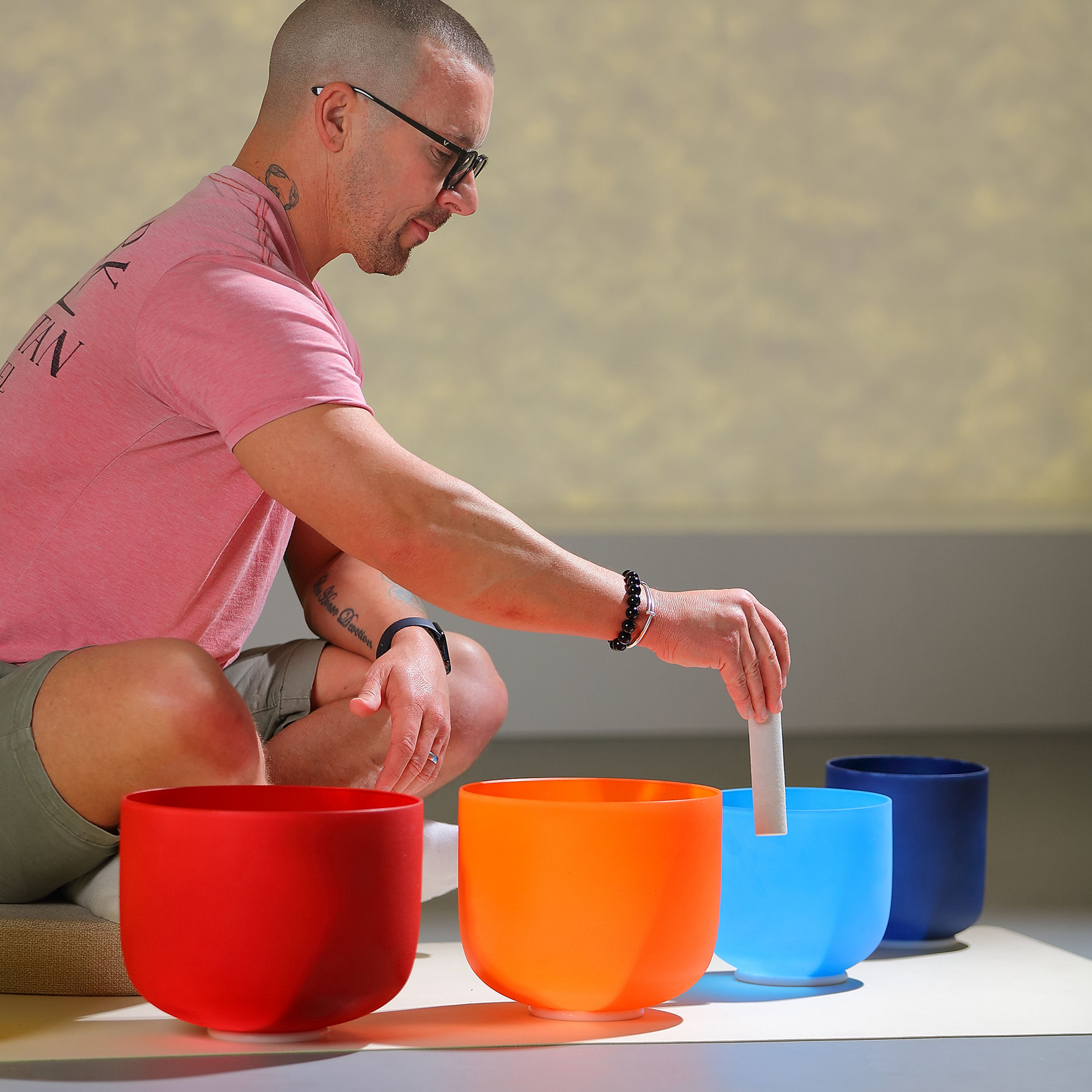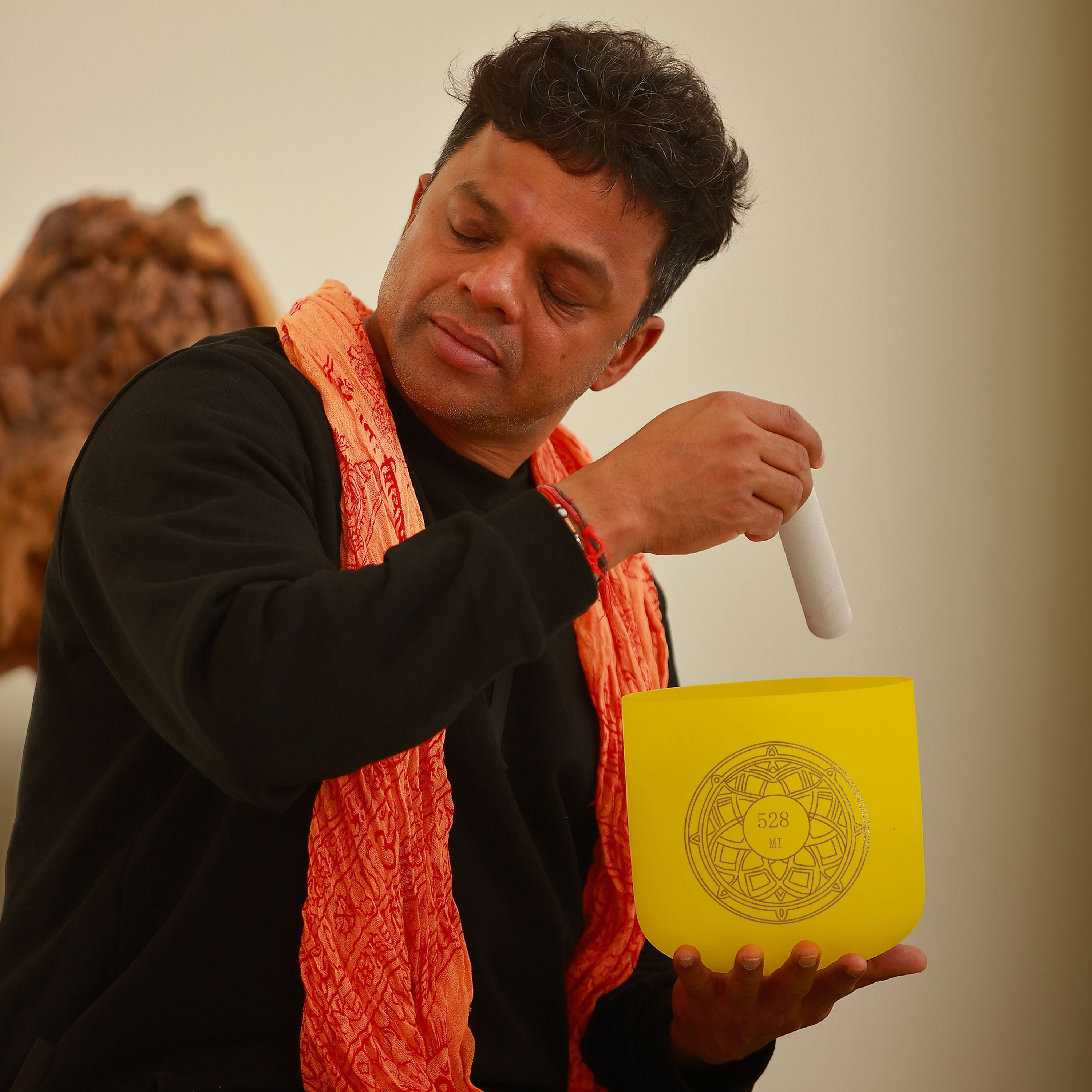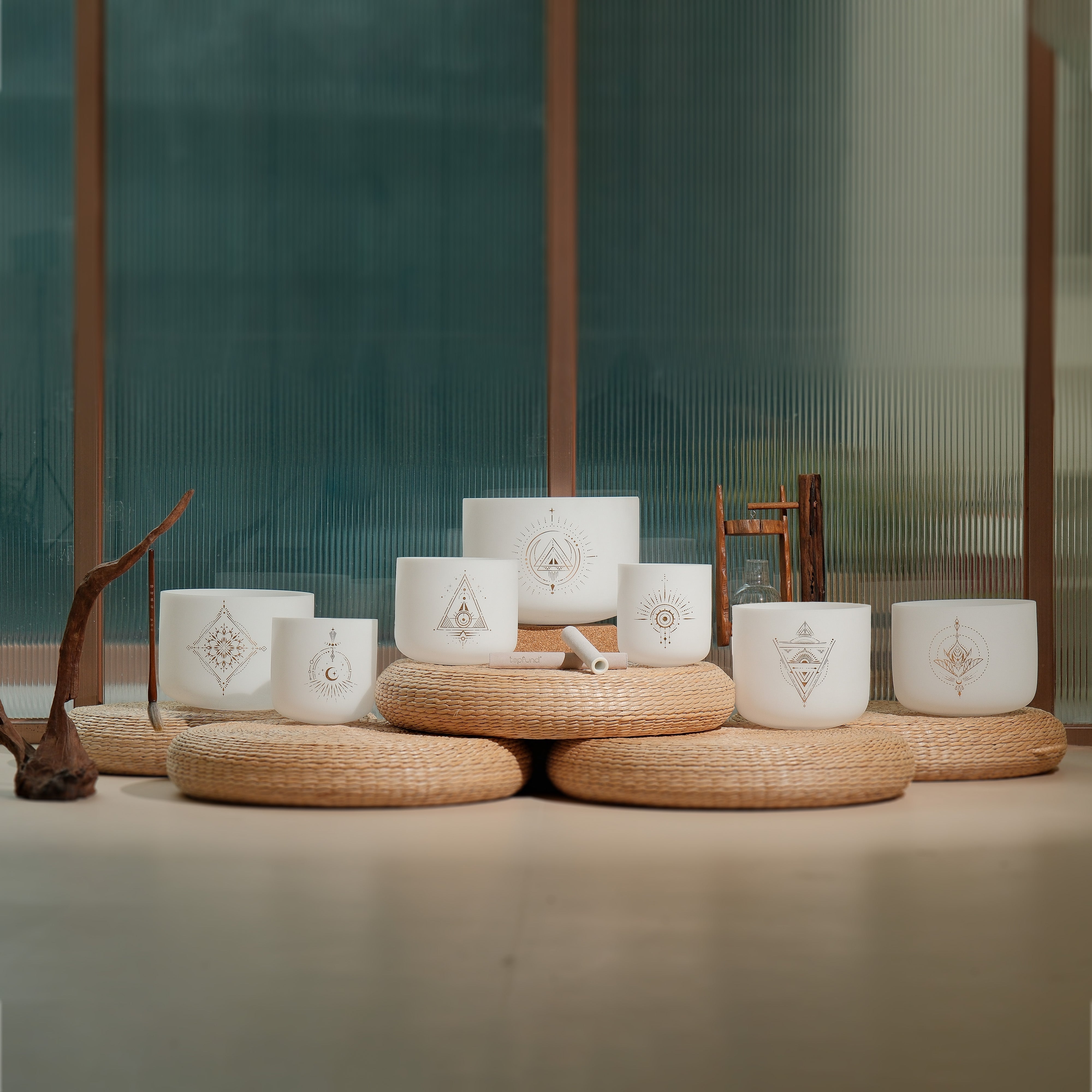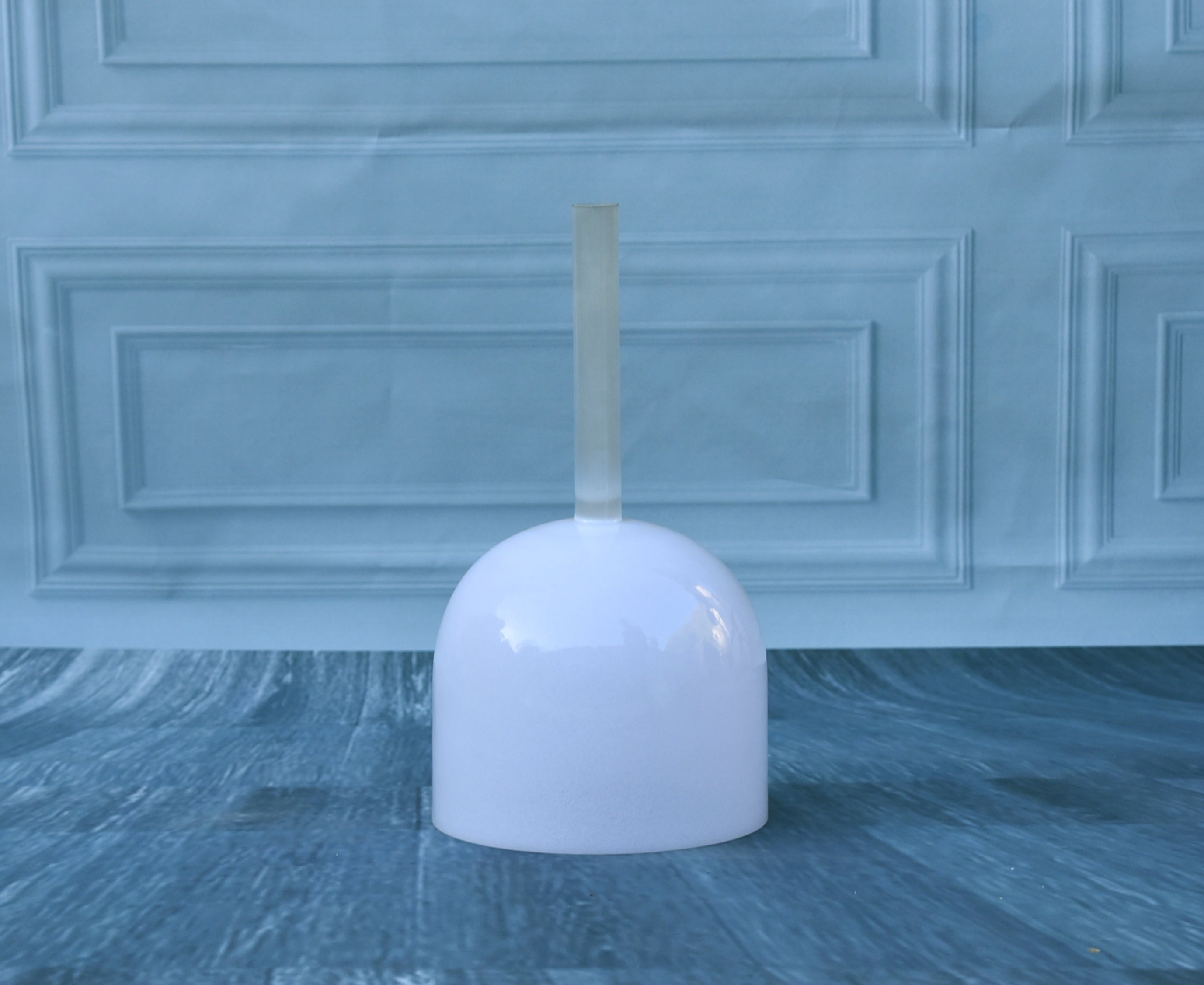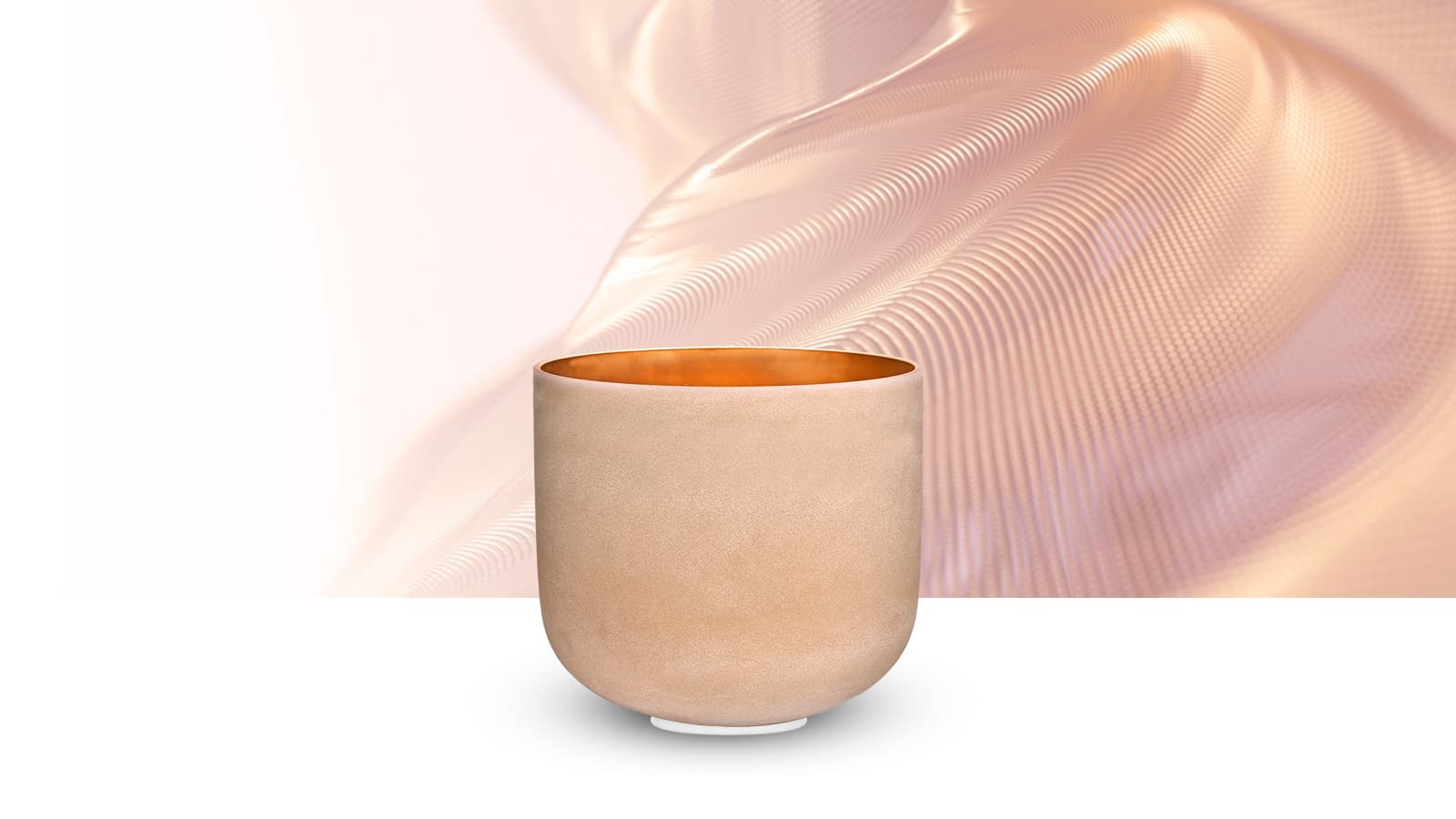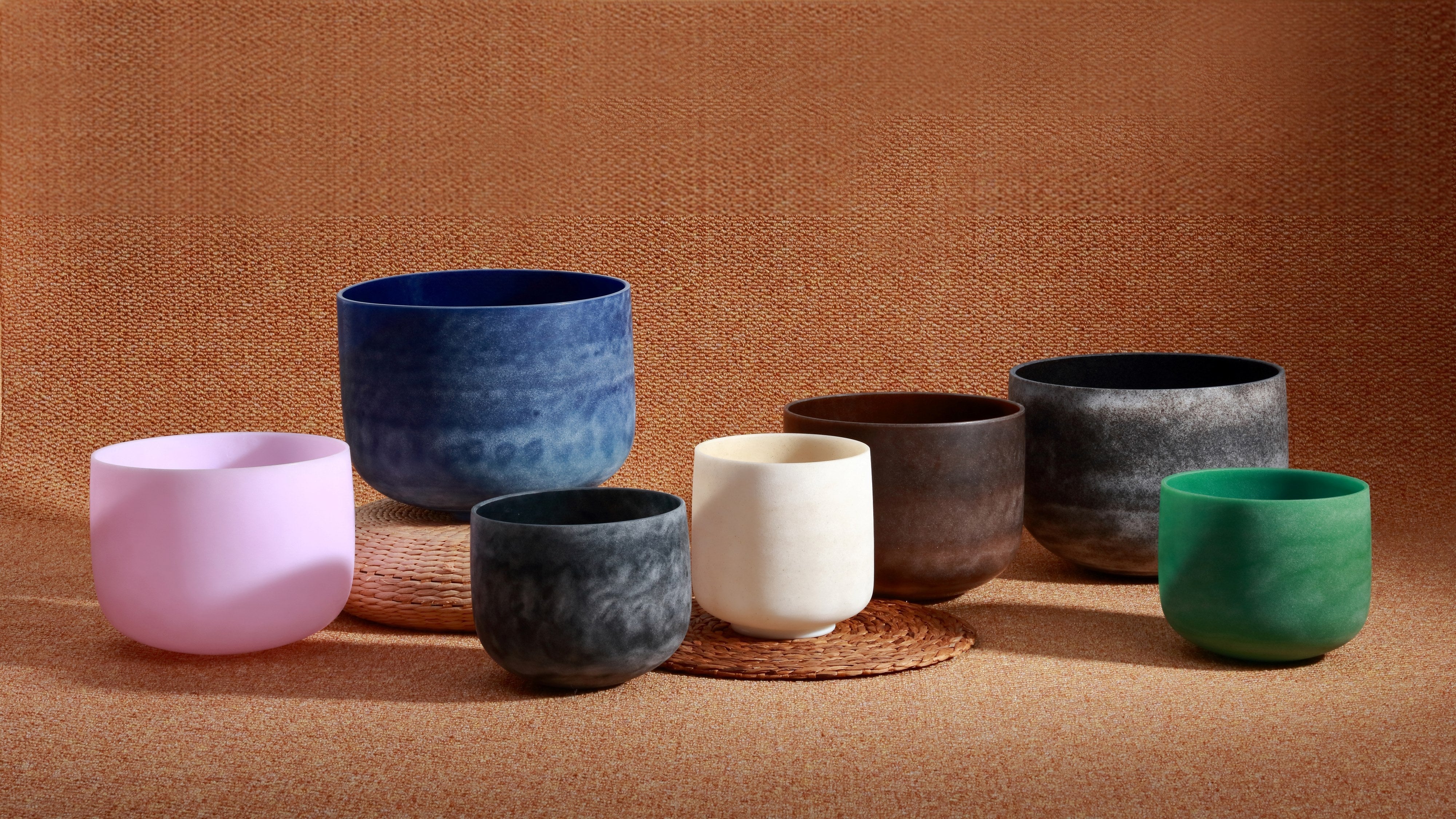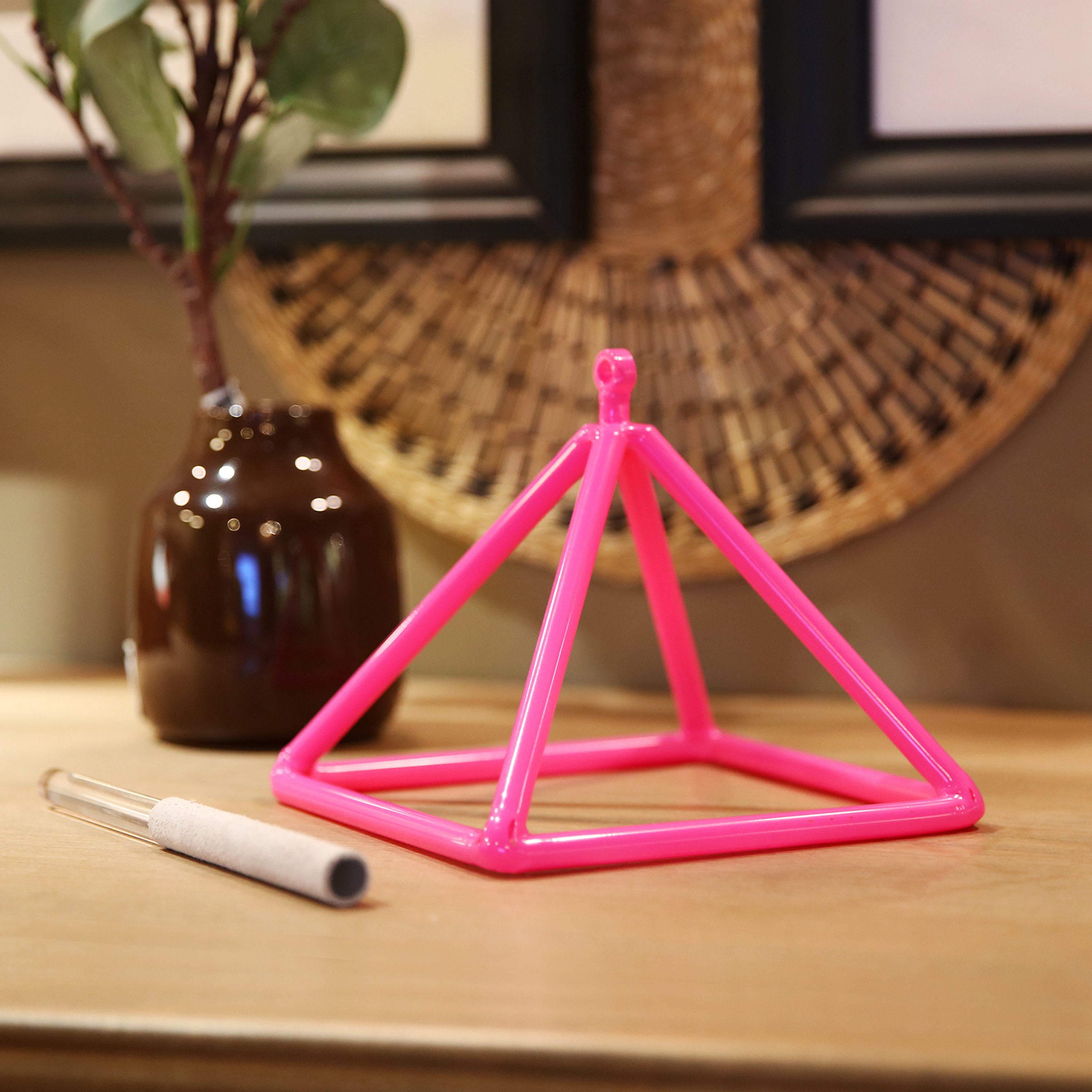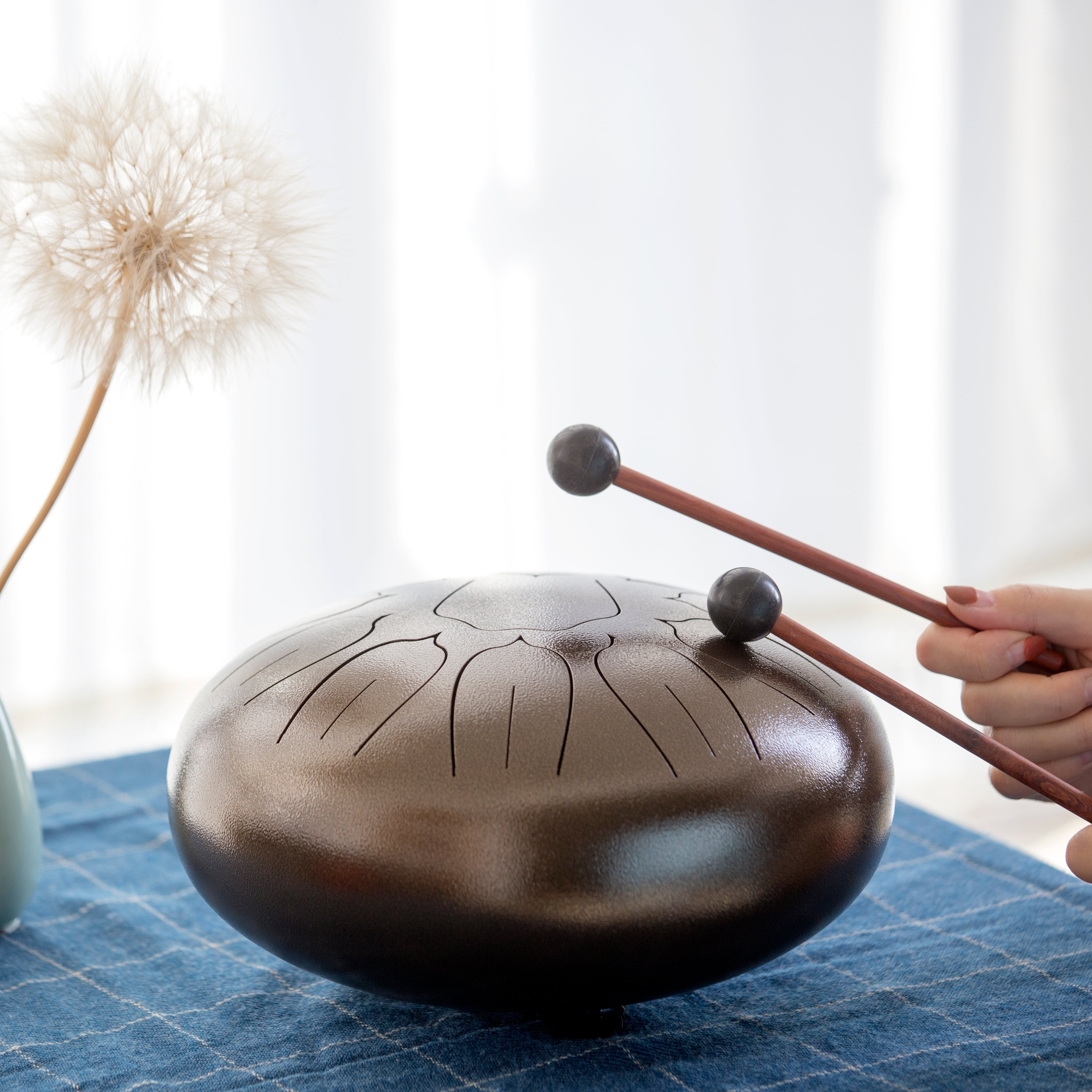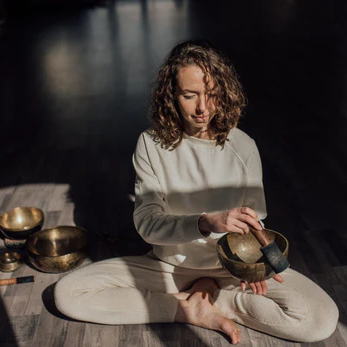HEALTH / NICK KOVA
From the mental health benefits of reduced stress, anxiety, and depression to the physical health benefits of improved mobility, strength, and balance, yoga has proven to help enhance the lives of people for thousands of years.1
While a yoga mat isn’t required in every studio or for every style and tradition of yoga, using a mat can improve your practice. Michael Hartman, PhD, health and nutrition science expert and vice president of research and development at Plexus Worldwide, says a yoga mat is especially helpful for beginners as it provides visual cues for foot and hand placement. Mats are also important for people who have balance and coordination issues, joint disorders or are recovering from an injury. Besides the cushioning of yoga mats to support your body and feet, using a mat can also put you in the mindset to practice, says Rajaa Azouqa, yoga and mindfulness instructor at YogaRenew Teacher Training.
To test yoga mats, we had eighteen editors, including a few who are certified as instructors in barre, yoga, and personal training, use the mats in our lab while doing a series of yoga flows. We then tested the mats in our homes, using them 3-5 times per week for a four-week period. We evaluated the packaging, unboxing, and smell of the yoga mats, as well as whether the mat stayed flat when unrolled. We evaluated each yoga mat for thickness, grip, and cushioning, as well as how easy the mat was to clean, how easy it was to roll, and whether it stayed rolled for portability.
Original website :https://www.health.com/best-yoga-mats-7372429
If there is any infringement, please contact me and we will delete it immediately
